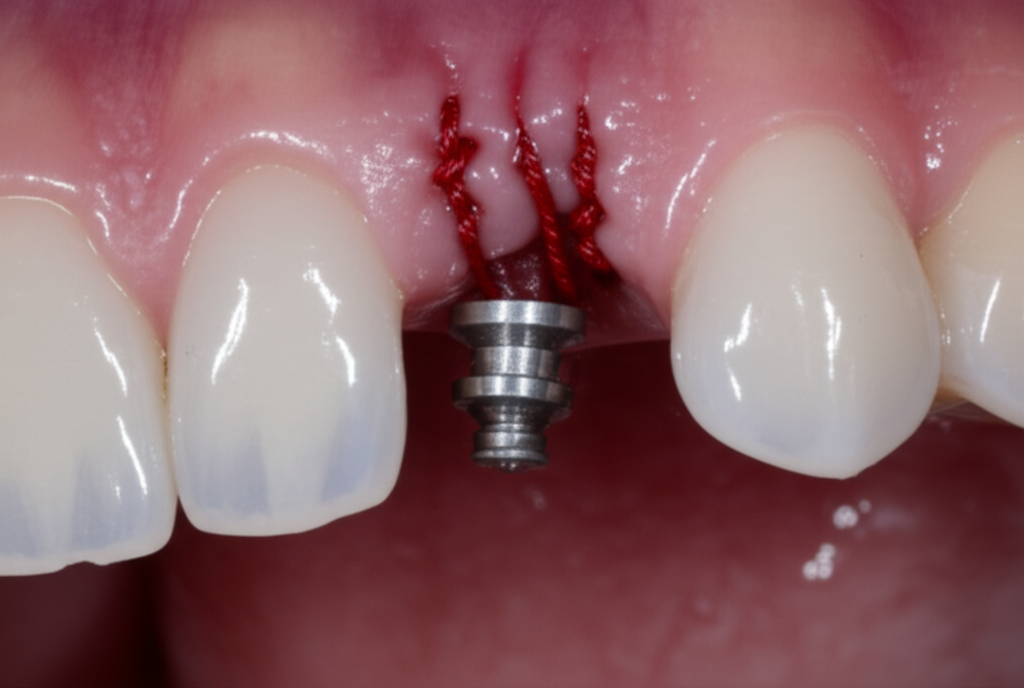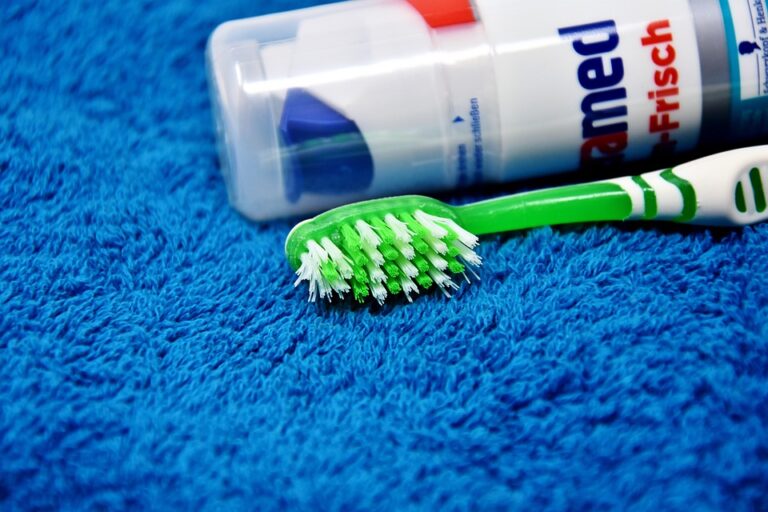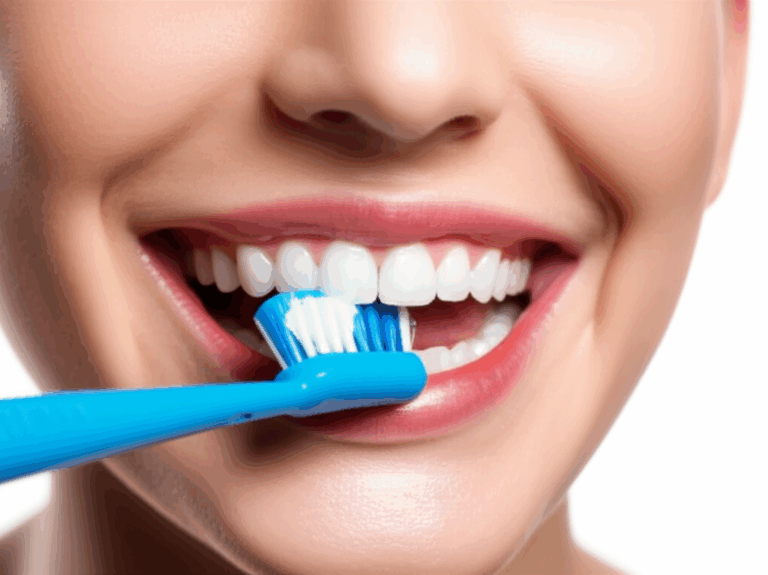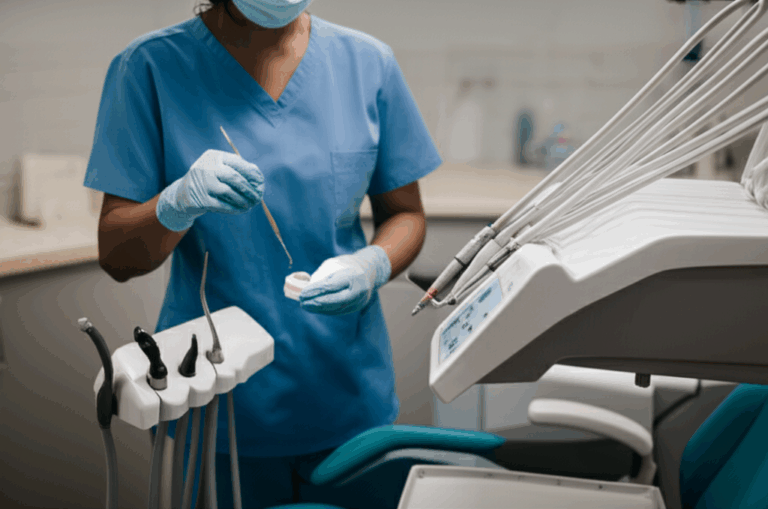
How Many Stitches After a Dental Implant? Understanding What to Expect and Post-Op Care
Wondering how many stitches you’ll have after dental implant surgery? This simple, friendly guide walks you through the answers, explains why stitches matter, and gives you the best tips for healing well. Read on for easy explanations, clear examples, and honest advice from dental lab pros.
Table of Contents
What Are Dental Implants and Why Do You Need Stitches?
Sometimes people say having a dental implant is a lot like building a new house for your tooth—and that’s true. First, dentists put in a strong post (like a “base”) into your jawbone. Later, they add the top (a crown) so it looks and works just like a real tooth.
But here’s the thing: after the dentist puts in the post, your gums are open and need time to heal. That’s why you get stitches (also called sutures). The dentist uses them to bring your gum back together, cover the spot, and keep the implant safe. Without stitches, your gums could get infected or heal too slow.
So, if you wake up after dental implant surgery and notice a few stitches in your mouth, don’t worry. That’s normal! They’re little helpers, holding everything in place while your mouth gets better.
How Many Stitches Do Most People Get After a Dental Implant?
A lot of people ask: How many stitches will I have in my mouth?
Working with dentists and patients over the years, I learned—it depends! Sometimes, you just get one or two small stitches (for a single implant), and other times you might have a small row of them. For bigger procedures (like if you get more than one implant or need a bone graft), you could have 3, 4, or maybe a few more.
Here’s a simple table to help you see:
| Type of Procedure | Typical Stitches |
|---|---|
| Single implant, small cut | 1 – 3 |
| Several implants or bigger area | 3 – 6+ |
| Bone graft or sinus lift needed | 4 – 10 or a line |
| Full arch (many teeth at once) | Sometimes one long line |
It’s less about the number. The most important thing is your gums are shut tight and safe.
What Makes the Number of Stitches Change?
Maybe you see your friend’s mouth after surgery and think, “Why do they have more (or less) stitches than me?” Here’s why:
1. Surgery Difficulty
A small, easy job (one tooth in the front) only needs a couple stitches. But for bigger things—more teeth, bone grafts, or sinus lifts—you need more stitches.
2. How Big the Cut Is and Where It Is
If the dentist made a bigger opening (called a gum flap), you’ll need more stitches. Teeth that are hard to reach (like in the back) might need some special sewing too.
3. The Dentist’s Way of Sewing
Some dentists like to use single stitches (“dots”), others like one long stitch, kind of like a sewing machine going along cloth. Your dentist picks what’s best for your mouth.
4. What the Stitch Is Made Of
Some stitches melt away; some are taken out later. The type changes how many are used and how the gum is closed up.
The short answer: Every mouth, surgery, and dentist is a bit different. There’s no one right answer—just safe closure to help you heal well.
What Kinds of Stitches Are Used in Dental Implants?
After surgery, maybe you wonder, “Will these stitches just fall out? Or do I have to go back to the dentist?” Here’s the story. Dentists use two main types:
1. Absorbable (Dissolving) Stitches
- What They Do: These melt away over time.
- Materials: Stuff like chromic gut, Vicryl, or PGLA.
- When to Use: Good for spots where you don’t want to come back or when they’re deep in the gum.
- Why Patients Like Them: No extra dentist trip—they just go away on their own.
2. Non-Absorbable Stitches
- What They Do: They stay strong and don’t go away on their own. Your dentist has to take them out.
- Materials: Things like nylon or silk.
- When to Use: For places that move a lot or need really strong holding.
- Why Use Them: They hold well, which matters for hard-to-reach places or tough repairs.
Not sure which kind you got? Just ask! Your dentist will always let you know what was used and what to expect.
When Will Your Stitches Go Away or Need Removal?
Stitches don’t last forever, but how long you keep them depends on which type you got.
Absorbable Stitches
- How Long?: Most go away in 7 to 14 days, but a some can last up to 4 weeks.
- What You’ll See: The thread gets softer, maybe a bit “spongy.” You might see little bits in your mouth as they melt away, and that’s okay.
Non-Absorbable Stitches
- How Long?: Dentists usually take these out around 7 to 14 days after the surgery.
- Why Take Them Out?: If you leave these in too long, they can get dirty or irritate your mouth.
- Does Removal Hurt?: It’s fast and usually just feels like a little tug.
If a Stitch Falls Out Early
Don’t freak out. If it’s one that’s supposed to melt, it’s probably fine. But if it’s a non-dissolving kind, or you see blood, pus, or the gum opens, call your dentist to check.
How Do You Care for Your Mouth After Getting Stitches?
Looking after your stitches helps your mouth heal faster and keeps your new implant safe. Here’s what to do:
1. Keep Your Mouth Clean
- Brush gently. Don’t brush right over the stitches, but do keep around them clean so you don’t get an infection.
- Salt water rinses are really good. Swish lightly (not too hard) and help your gums feel better.
- Don’t use mouthwash with alcohol unless your dentist says you can.
2. What to Eat (and What Not To)
- Eat soft things like yogurt, soft eggs, or mashed potatoes.
- Don’t chew on the surgery side.
- Stay away from hard, sharp, or sticky foods—no chips, nuts, or tough breads right now!
3. Don’t Mess With the Stitches
- Don’t pick, poke, or push with your tongue.
- No drinking with a straw or spitting hard.
- Keep your hands away—even clean ones can bring germs.
4. Soreness and Puffiness
- Ice packs stop swelling, especially in the first two days.
- Pain medicine (what your dentist gave or common stuff like acetaminophen) helps a lot.
- Don’t put aspirin on your gums—it can hurt your tissue.
5. Watch Out for Bad Habits
- Don’t smoke or vape at all—it stops good blood flow and slows down healing.
- Don’t drink alcohol while you’re healing—it dries out your gums and slows things down too.
Want more ideas? Check out our easy guide on teeth health for some extra ways to keep your mouth happy after surgery!
What Happens Week by Week After Dental Implants?
Here’s what you can expect right after you get dental stitches. Knowing what’s normal can help you worry less.
The First Few Days
- Swelling: Biggest the first 2–3 days, then goes down.
- Soreness and maybe some bruising: Normal. It can be weird to talk or eat.
- Stitches easy to see: They might look tight and shiny.
The First Week
- Pain gets less: You should feel better each day.
- Redness and swelling: Go away, bit by bit.
- Stitches stay there: Even the ones that melt take some time.
Week Two and After
- Dissolving stitches: Start to soften or “let go.”
- Stitches that don’t melt: Dentist takes them out if they’re still there.
- Gums: Start to look pinker and healthier.
“Is This Normal?”
A little swelling or a stitch poking out? Usually fine. Lots of blood, bad pain, really red gums, or pus? Call your dentist.
Want a full recovery? Our dental care tips can make things easier as you get better.
Good Healing or Trouble? When to Call the Dentist!
Not every little bump is a problem. But sometimes you really should call for help. Here’s what to look for:
Healing is Going Well If You Have
- Swelling that gets smaller every day
- Gums that aren’t as red
- Pain that fades
- Stitches staying put
Call Your Dentist If
- Pain gets worse after a few days
- Bleeding doesn’t stop
- Pus or a bad smell
- Fever or you feel sick in general
- Stitches fall out and the gum opens or you see the implant
If you’re not sure, always call your dentist! Fast help means you heal right and keep your implant safe.
Do Stitches Change How Your Teeth Look or Feel?
Right after surgery, you may feel like you have some string or a “spider web” in your mouth. No worries—this won’t last.
- Feeling: Stitches might feel tight, like little threads between your gums. Your tongue might notice them, and they can feel a bit rough.
- Looks: Some are white, some clear, and some black (if nylon).
- Talking and eating: You may lisp, or food may get caught on the stitches for a day or two.
When the stitches are gone, your gums should look and feel better soon. For the best look, dentists often team up with a good dental ceramics lab to match your teeth. That way, your smile still looks great after you heal.
How Can a Top Dental Lab Help Your Dental Implant Success?
Even if you have the best dentist, the right dental lab makes a big difference.
Your Teeth’s Best Friend
A top implant dental laboratory makes custom implant parts, crowns, and bridges. These aren’t one-size-fits-all—they fit your mouth and teeth just right.
Why the Lab’s Work Matters
- A better fit means fewer problems: If your crown or bridge fits properly, healing goes better.
- Safer stuff: The best labs use strong, safe materials (like high-quality titanium or zirconia).
- Fewer fixes later: Good lab work helps your dentist get things right so you need fewer repeat visits.
Have a bigger job, like all your teeth? Our arch dental lab knows how to bring big smiles back to life.
Some Extra Advice
Choose a dentist who works with a good, proven lab. This kind of teamwork is the secret to an implant that lasts and looks good.
Summary: The Most Important Things to Remember
- How many stitches isn’t what matters most—safe, healthy healing is!
- You could have 1 to 10+ stitches, depending on your surgery.
- Both dissolving and non-dissolving stitches are normal. Ask your dentist which you got.
- Most stitches last a week or two. Some need a quick trip to the dentist to remove.
- Keep it clean, eat soft foods, and skip smoking or drinking alcohol.
- Watch for problems (pain, bleeding, pus), and call your dental office if you notice them.
- Good dental labs help your dental implant look and last great.
If you’re ever not sure, ask your dental pro, and remember: good stitches help you get a strong, lasting new smile!
For more answers on all sorts of teeth questions, check out our helpful page on teeth information.
References:
- Misch, Carl E. Dental Implant Prosthetics, 2nd Edition, Elsevier.
- Resnik, Randolph R. Dental Implant Complications: Etiology, Prevention, and Treatment, 2nd Edition.
- Academy of Osseointegration
- Personal dental laboratory case experience, iStar Dental Laboratory, Shanghai








